iPhone 14 displays — here’s what to expect from the new iPhones
From fast refresh rates to better brightness, we round up all the iPhone 14 display rumors
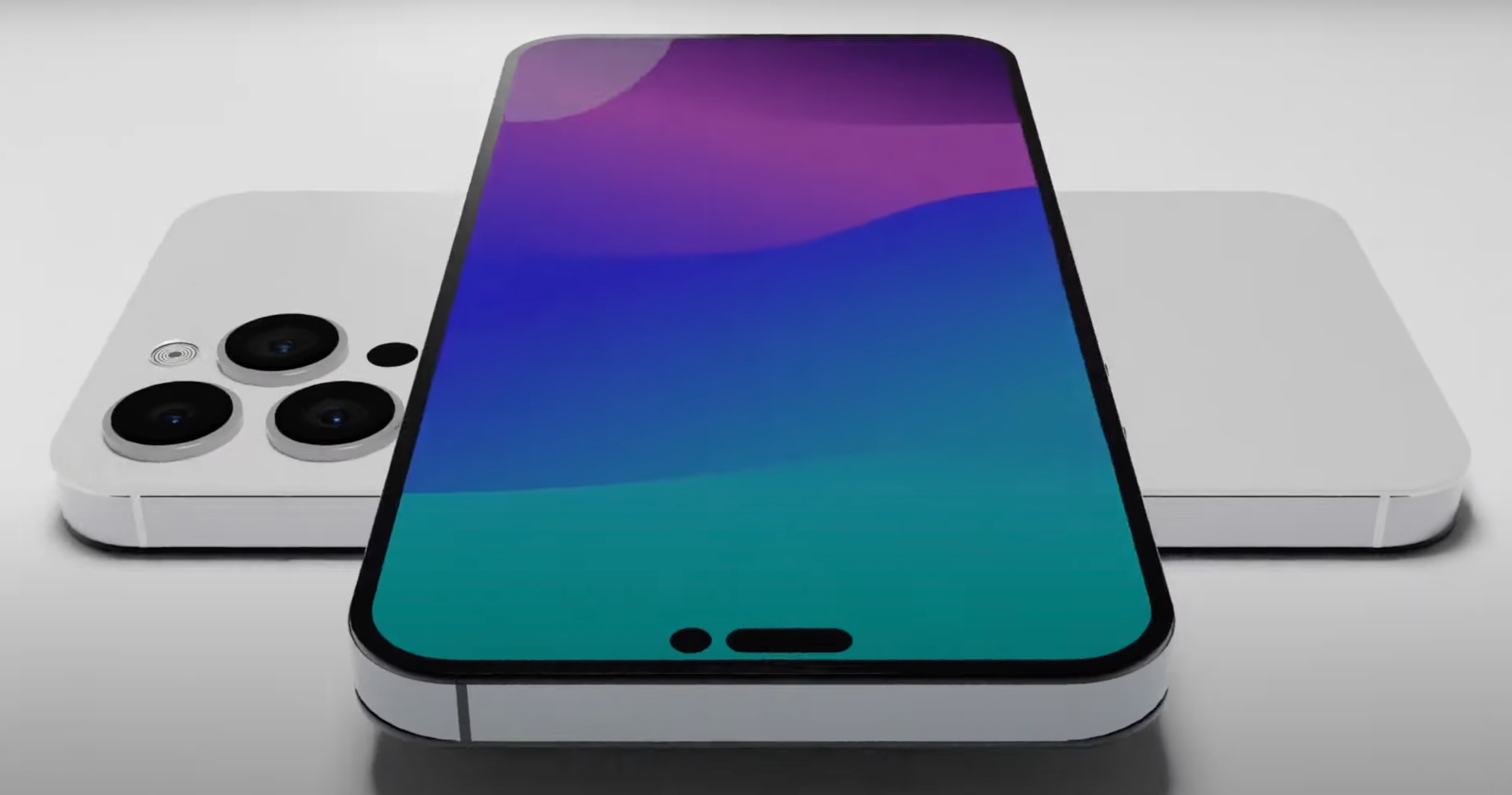
Just as the eyes are a window to a person's soul, a smartphone's display tells you an awful lot about the handset from the moment you fire it up. So what kind of story will the iPhone 14 displays tell this fall when Apple releases its new models to a waiting world?
The screens on the iPhone 13 have turned out to be one of the many strengths of Apple's current smartphone lineup. All four iPhone feature bright, colorful screens, with the iPhone 13 Pro models standing out in particular, thanks to their adaptive 120Hz refresh rates. That means Apple's Pro phones can adjust how fast their displays refresh, ramping up to 120Hz for things like games or scrolling and scaling down to 10Hz for more static activities.
Read next: 11 tips to save battery life on your iPhone.
Thus far, iPhone 14 rumors have painted a picture of more of the same for the upcoming phones. But dig into the rumors and you'll find some expected enhancements to the iPhone 14 displays that could translate into noticeable improvements for Apple's handsets. And the pressure's on Apple as the phone makers main rivals — particular Samsung — have focused on display upgrades for their own handsets, with an eye on knocking off Apple's offerings for the title of best phone overall.
Here's what we've heard so far about the iPhone 14 displays, including what changes, if any, Apple may be planning for fast-refreshing displays on its new phones.
iPhone 14 display sizes
For the most part, the screens of the different iPhone 14 models are expected to remain the same — with one big exception.
The iPhone 14, iPhone 14 Pro, and iPhone 14 Pro Max should retain the screen sizes as their iPhone 13 counterparts. That means 6.1-inch panels for the iPhone 14 and iPhone 14 Pro, while the iPhone 14 Pro Max keeps the 6.7-inch screen size featured on the iPhone 13 Pro Max.
Sign up to get the BEST of Tom's Guide direct to your inbox.
Get instant access to breaking news, the hottest reviews, great deals and helpful tips.
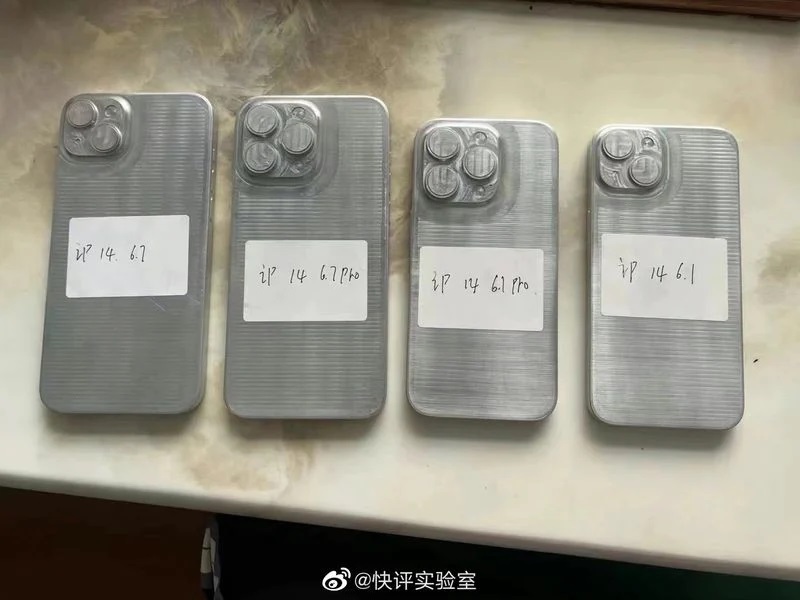
That may not be the only 6.7-inch phone in Apple's lineup anymore, though. The rumor is that Apple is adding an iPhone 14 Max to this year's lineup — this would be a cheaper 6.7-inch phone that would lack some of the premium features included in Apple's Pro lineup. The idea is to give iPhone fans a lower-cost option to get one of the best big phones.
That would mean the end of the line for Apple's mini iPhone model, which was introduced with the iPhone 12 releases in 2020, but never caught on, even with the 5.4-inch iPhone 13 mini. That means fans of more compact screens will either need to turn to the iPhone SE (2022) or hope that Apple keeps an older mini model in its lineup at a reduced cost.
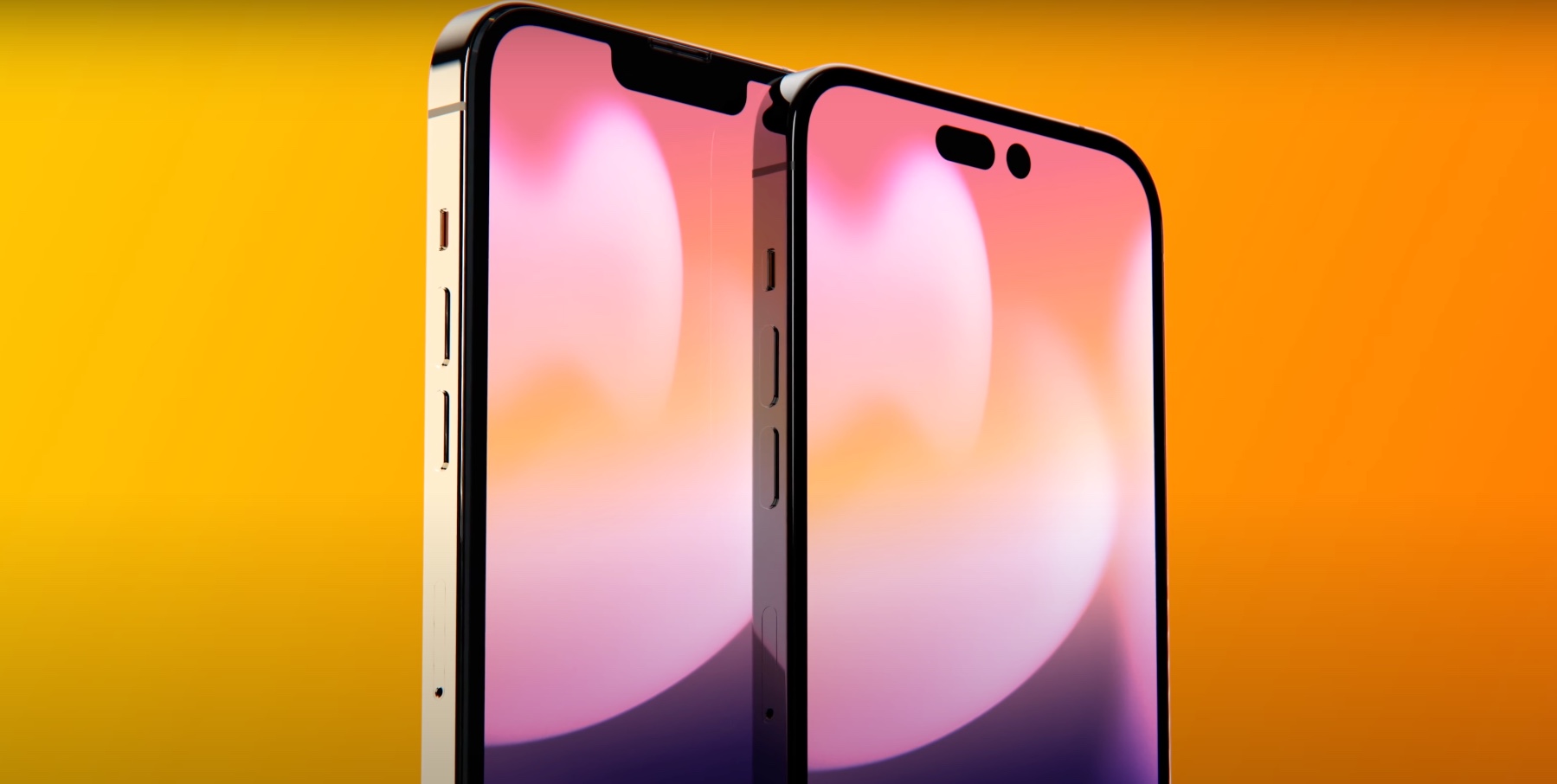
Expect one other change to the iPhone 14 Pro model displays — they're tipped to lose the notch that's been associated with the iPhone since the iPhone X's debut in 2017. Instead, the iPhone 14 Pro and Pro Max look to feature two cutouts to house the front camera and Face ID sensors. That will free up a little extra screen space on both phones compared to recent Pro models.
iPhone 14 refresh rates
As noted above, the iPhone 13 Pro models added a dynamic refresh rate that allows them to scale between 10Hz and 120Hz. The standard iPhone 13 remains stuck at a more conventional 60Hz rate.
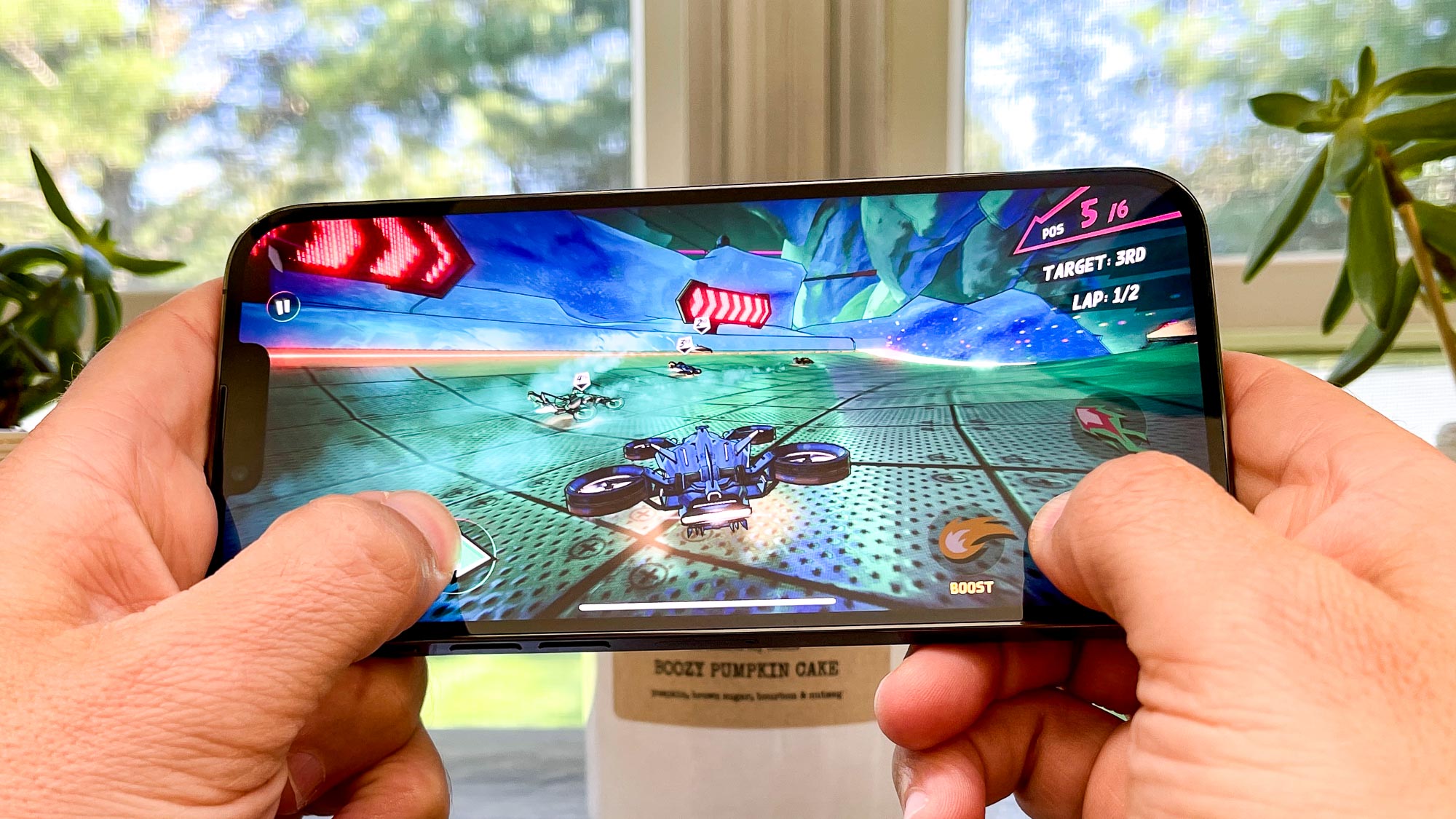
Will anything change with the iPhone 14? At least one leaker thinks that the iPhone 14 and iPhone 14 Max could offer 90Hz refresh rates in a move similar to how Google handles its Pixel flagships. (The more expensive Pixel 6 Pro features a 120Hz screen, while the Pixel 6 offers a 90Hz display.) That would certainly be an upgrade from the fixed 60Hz refresh rate that the iPhone 13 features.
The trouble is, other leakers have shot down this rumor. Instead, they tip the iPhone 14 to continue using the 60Hz panels found on current base model iPhones. An older report out of Apple's supply chain suggests that at least one iPhone 14 model is using an LTPS display with a 60Hz refresh rate, and we'd assume that means the iPhone 14.
A 90Hz refresh rate would make things like scrolling appear a lot smoother on the iPhone 14 than on previous models, so it's definitely a feature we'd like to see. But until more reports emerge backing this switch in refresh rates, we have to assume the iPhone 14 and iPhone 14 Max will offer the same 60Hz rates found on Apple's less expensive flagships.
We have better news for the iPhone 14 Pro, where the upcoming phones are likely to continue with the 120Hz displays that debuted with the iPhone 13 Pro. Those phones introduced LTPO displays — short for low-temperature Polycrystalline oxide — which allow the iPhones to adjust their refresh rate based on on-screen activity.
A rumor has the iPhone 14 Pro and iPhone 14 Pro Max featuring a new version of LTPO that boosts power-efficiency. The OnePlus 10 Pro got such an improvement earlier this year, and now it can scale down to 1Hz, as the Galaxy S22 Ultra can. Should the iPhone 14 Pro models get a new and improved LTPO technology, they, too, could feature the 1-120Hz refresh rate that other top flagship phones now enjoy.
If that feature comes through, it could clear the way for another change to the iPhone 14 Pro's display. Apple's Pro models are rumored to be adding support for always-on displays, a feature that's been part of the best Android phones for years. The iOS 16 update coming this fall adds support for customizable lock screens and widgets that can be placed on your lock screen. Cleary, such a feature would also open the door to an always-on display for phones that can scale down their refresh rate to avoid draining their batteries.
Other iPhone 14 display features
Display refresh rates grab all the attention, but the battle for the best smartphone display has been fought on other fronts, too. Screen brightness has become increasingly important, and it figures to also be a key feature for iPhone 14 displays.
When Apple released the iPhone 13 models last year, it touted brightness on the phones' Super Retina XDR OLED panels. The iPhone 13 peaked offered a max outdoor brightness of 800 nits, while the Pro models peaked at 1,000 nits. (We measured 795 nits and 1,024 nits, respectively on the iPhone 13 and iPhone 13 Pro.)
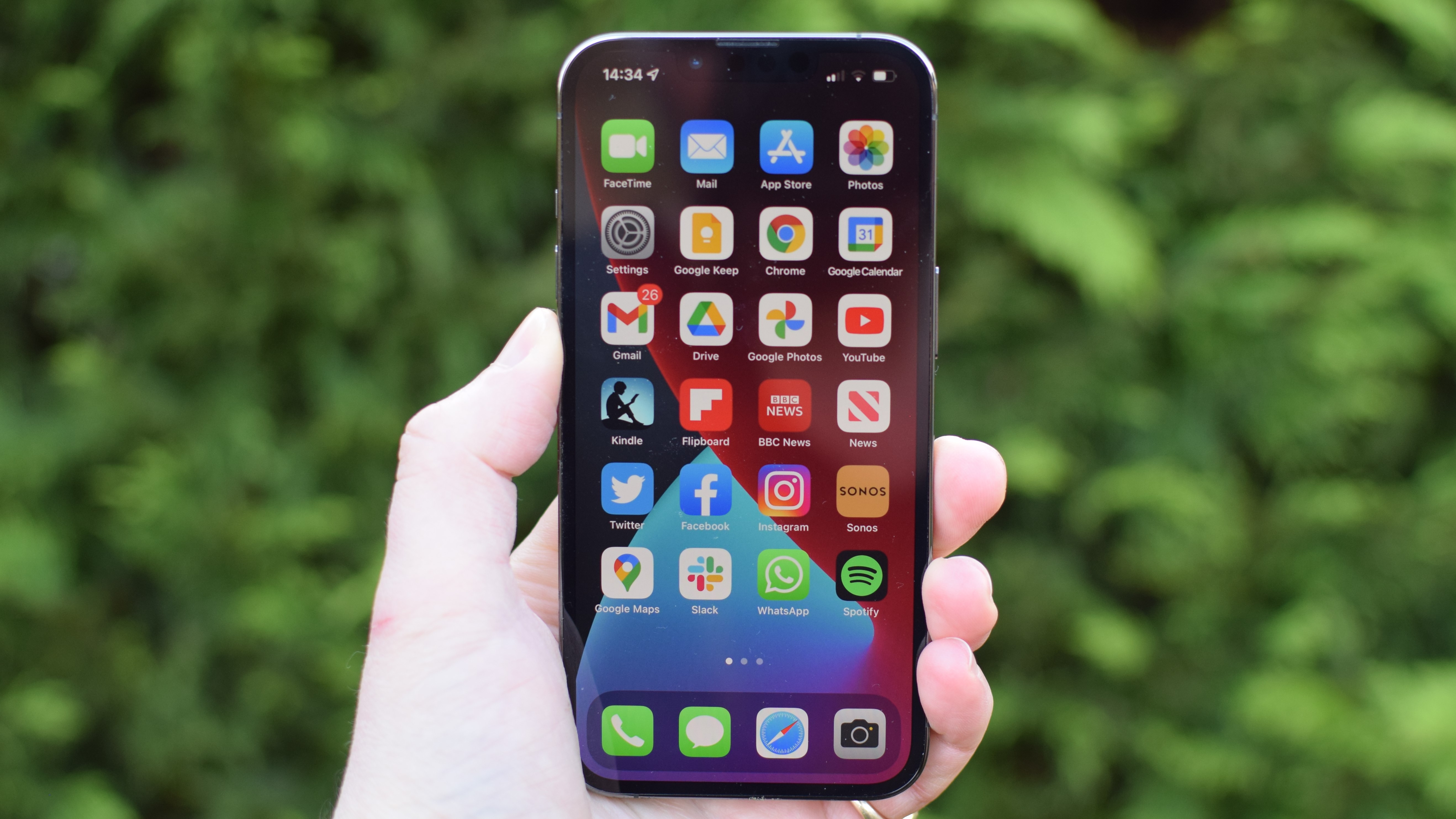
Since the iPhone 13's debut, Samsung rolled out its own flagship update. And the Galaxy S22 models also boast bright displays — a promised 1,300 nits of peak brightness for the S22 and 1,750 for the Galaxy S22 Plus and Galaxy S22 Ultra. We didn't record numbers hitting those maximums with our light meter, but for the most part, the screens on the S22 lineup are brighter than what you get with the iPhone 13.
Will Apple respond in kind when it's time to unveil the iPhone 14? We haven't heard many rumors on that front. But given how brightness has become an area where phone makers now slug it out, we wouldn't be surprised if the iPhone 14 debuts with some improvements in that area.
iPhone display outlook
From screen sizes to refresh rates, don't expect a huge overhaul of the screens Apple uses for its upcoming iPhone 14 release. But enough significant changes appear to be in the works to make us think the displays will remain a crucial feature on Apple's next phones. And there just might be some surprises emerging as we get closer to the iPhone 14 release date.
Take a look at our Apple Store coupons page for the latest offers and discounts from Apple.
Philip Michaels is a Managing Editor at Tom's Guide. He's been covering personal technology since 1999 and was in the building when Steve Jobs showed off the iPhone for the first time. He's been evaluating smartphones since that first iPhone debuted in 2007, and he's been following phone carriers and smartphone plans since 2015. He has strong opinions about Apple, the Oakland Athletics, old movies and proper butchery techniques. Follow him at @PhilipMichaels.

